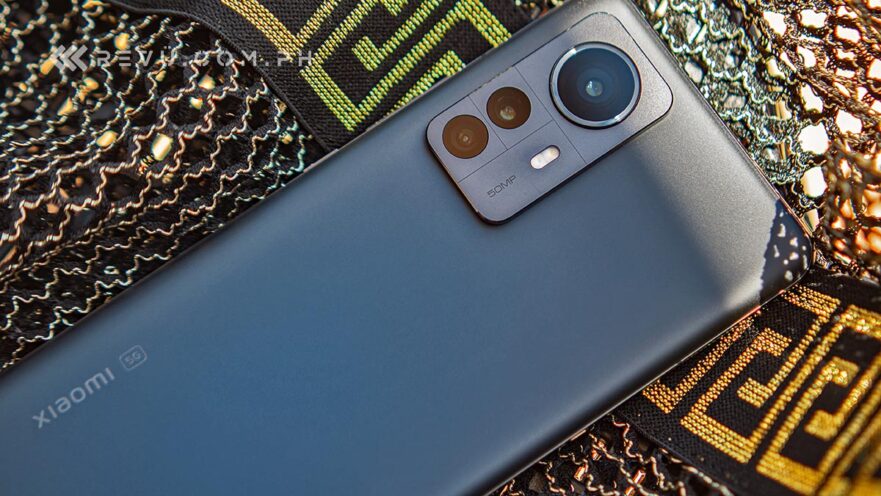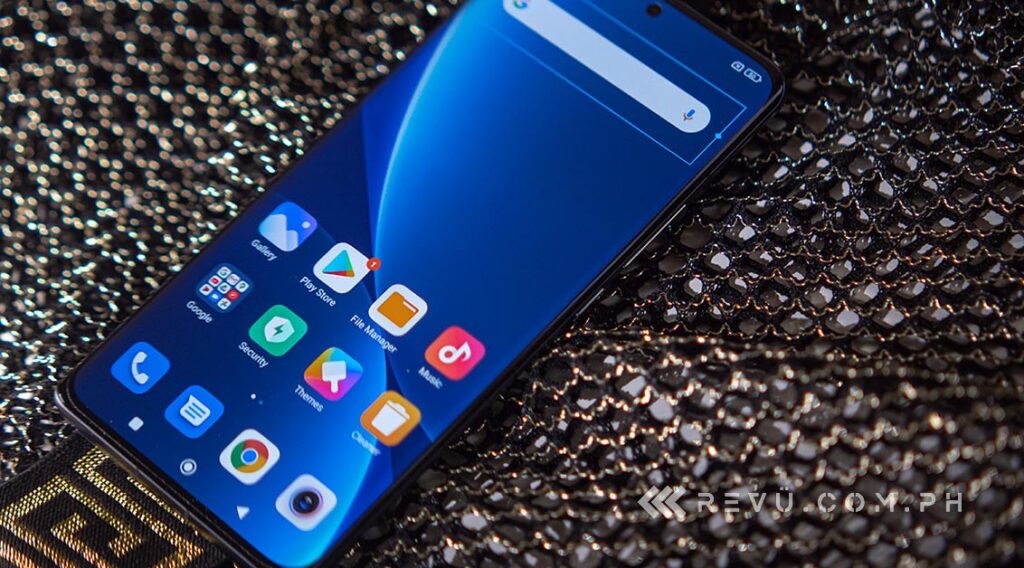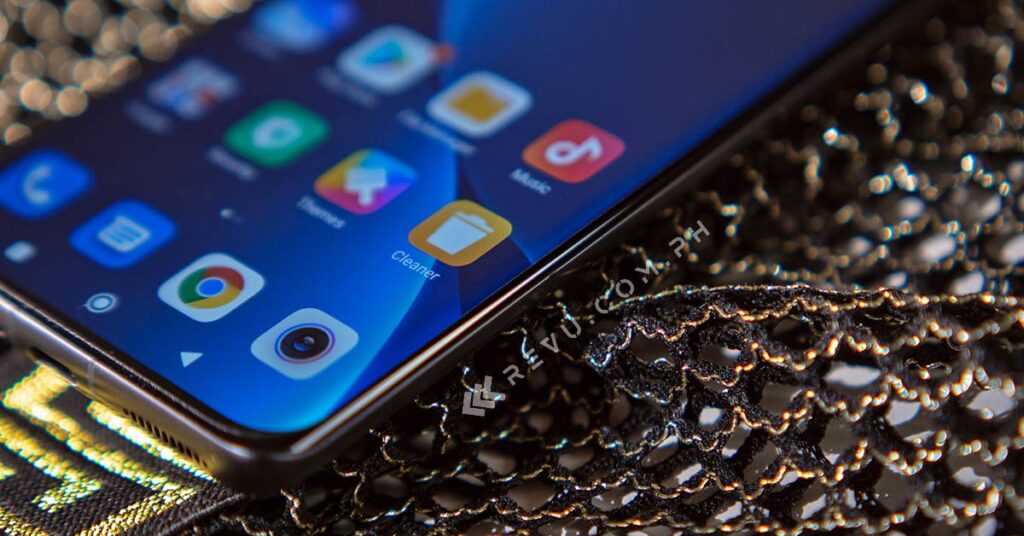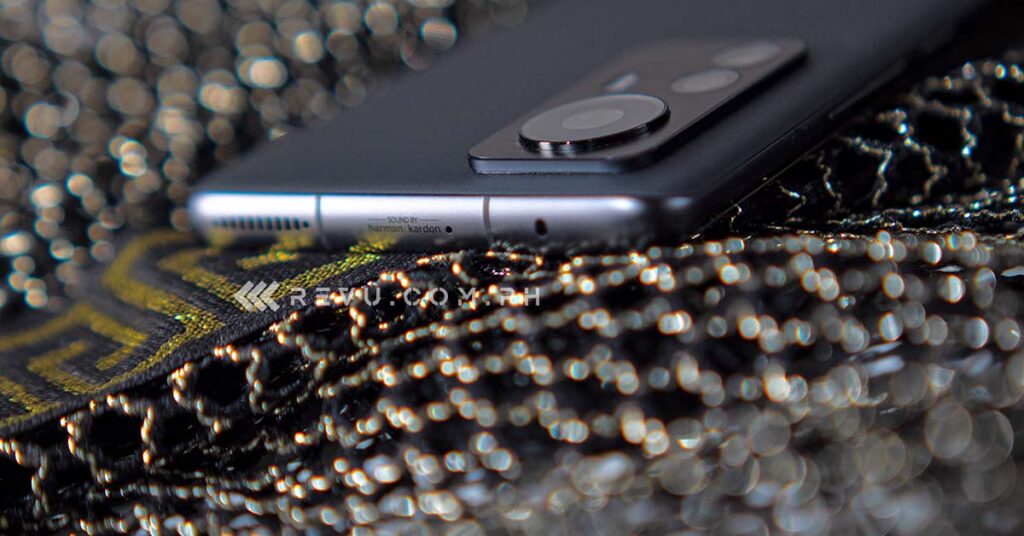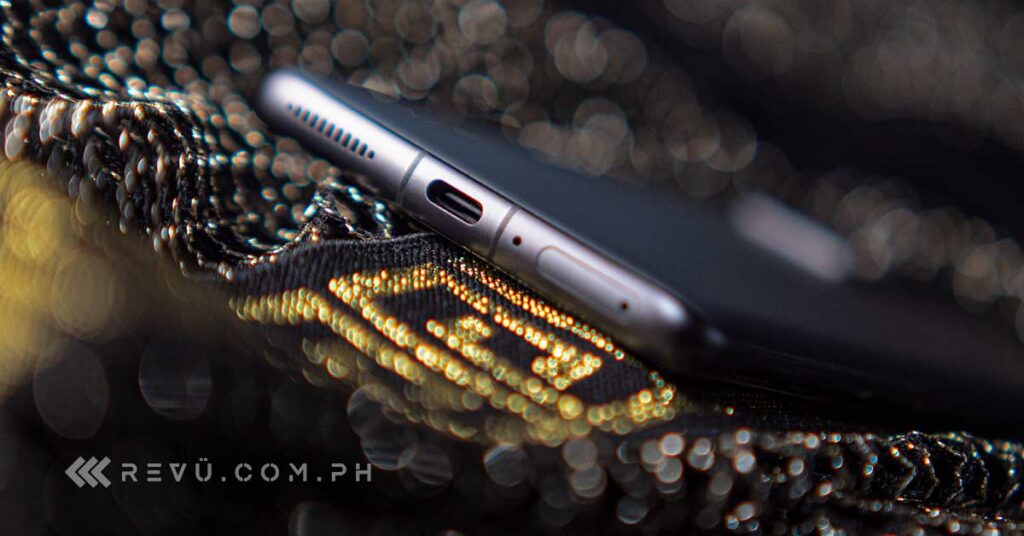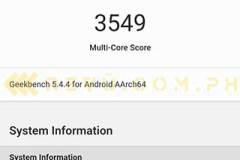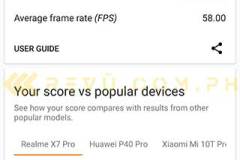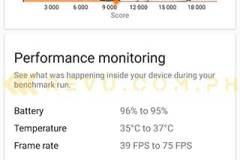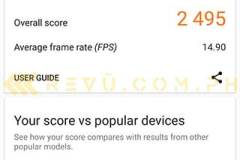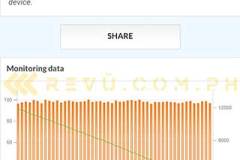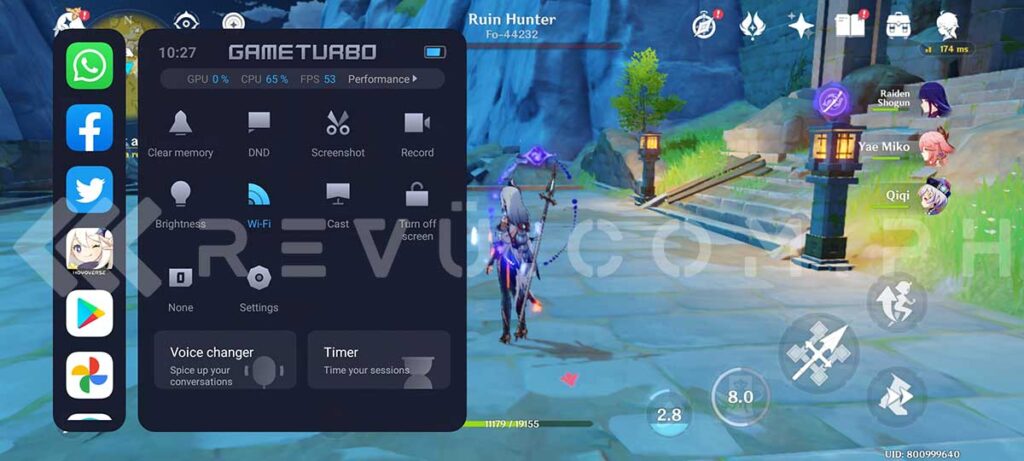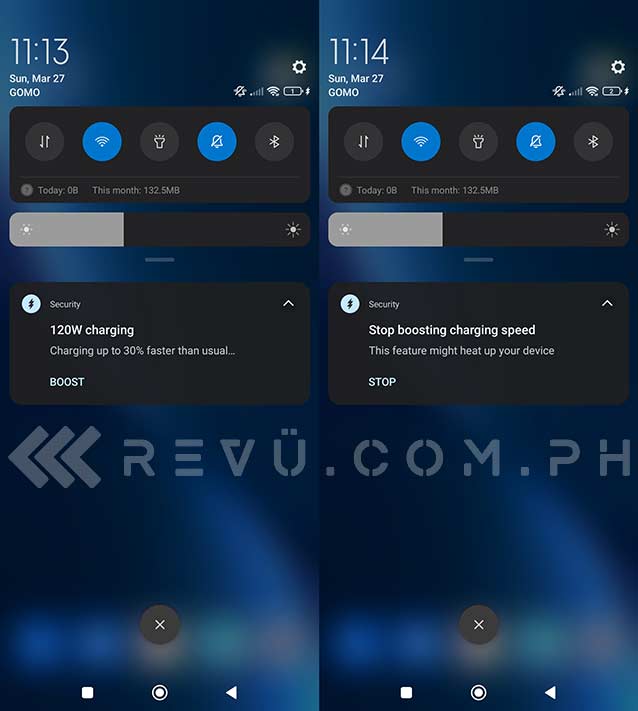Smartphone manufacturers often pull punches when designing their newest models. Whether it’s a smaller battery or lack of a certain feature, there’s a compromise, even in the premium segment. For the Xiaomi 12 Pro, finding that trade-off is a challenge.
On paper, Xiaomi‘s latest flagship smartphone is loaded: the most powerful Snapdragon processor, fastest charging, and a complete multimedia experience. With these specs and a price of P48,999 (around $940), the Xiaomi 12 Pro competes directly against the best of Samsung and Apple.
This makes you wonder: Is it too good to be true? In a way, yes. Abundance leads to other challenges. For the Xiaomi 12 Pro, you’d have to dig deep to find them.
Overflowing on all ends
A 6.73-inch 1440p AMOLED display is the first thing to greet you. It’s bright and produces strong colors at a refresh rate of 120Hz. The curved edges overflow to the sides and create an illusion of smaller bezels. Normally, this would result in tougher handling, but the curved back adds meat to the body. The Xiaomi 12 Pro is a pleasure to hold, thanks to the rear’s smooth matte finish.
The drawback to a curved display is the viewing experience. There were instances wherein on-screen content would spill over to the side and become unviewable. It’s especially awkward when trying to tap the corners while gaming or typing. A single 32-megapixel front-facing camera fills the hole at the top-center spot.
Four Harman Kardon-tuned speakers surround the frame. The two largest units are situated below and above the display. Even if you cover one speaker in landscape orientation, the other three pick up the slack. They create some of the best quality we’ve heard on a smartphone, albeit with a little less oomph. Their loudest volume isn’t enough to fill a room.
The massive camera bump on the back sticks out like a sore thumb. The included clear case protects the cameras without evening out the rear, so the phone would still wobble on a table. And because the display’s edges are curved, the case can’t do much in protecting the smartphone’s face from drops.
Like many Xiaomi phones, there’s an IR blaster on top for controlling a television or other compatible gadgets. On the opposite end, we have a USB-C port with no 3.5mm audio port to complement it. Inside, the Xiaomi 12 Pro utilizes an x-axis linear vibration motor for precise vibration during notifications and while typing.
The cost of more power
The Snapdragon 8 Gen 1 processor is a double-edged sword. It’s currently Qualcomm’s top chipset, and makes the Xiaomi 12 Pro one of the fastest smartphones in the world. With 12GB of RAM and 256GB of storage in our review unit, no app or multitasking could slow down this beast. The benchmarks we ran prove it’s near the top of the standings, only behind the iPhone 13 series and the most hardcore Android gaming phones.
Benchmarks. Click on a thumbnail to launch the gallery
Gaming performance is a chipset’s true test, and the Xiaomi 12 Pro demonstrates how much power it can pull out of the Snapdragon 8 Gen 1. Forget about light titles like Mobile Legends and Call of Duty: Mobile; this handset can handle Genshin Impact on the highest graphics settings at 30 frames per second or more. Tinker with the options a bit to hit 60fps for an even smoother experience.
On the other hand, the Xiaomi 12 Pro runs hot because of this processor. Under heavy loads, the phone easily reaches north of 40 degrees Celsius. Xiaomi’s LiquidCool technology wasn’t a solution for this. It also leads to faster battery drain. We’d get less than a day of use after a full charge. PCMark’s battery test backs our experience with an average score of 8 hours and 25 minutes. You could achieve twice this length from lower-end smartphones with the same battery capacity.
Xiaomi claims you can charge the 4,600mAh battery to full in 18 minutes with the bundled 120-watt charger. At first, we managed a full charge from zero in 35 minutes while the unit was turned off. Wondering why the charging speed was way off, we tried again with the phone turned on. We then noticed an option to “boost” the charging at the risk of increased temperatures.
As expected, both the handset and the charging brick became terribly hot once boosted. We got a full charge in 22 minutes, which was much closer to the advertised 18 minutes. Although impressive, we didn’t feel comfortable boosting the charger at the expense of long-term battery health. It’s ultimately up to the user how quickly they want their phone topped up each day.
Side notes: The 120-watt charging brick is massive. It even dwarfs laptop chargers. Alternatively, the Xiaomi 12 Pro can charge wirelessly at 50 watts.
Great hardware meets sleek software
The Xiaomi 12 Pro has three cameras on the rear: a 50-megapixel primary camera, 50-megapixel ultrawide camera, and 50-megapixel telephoto camera. In front, you have a single 32-megapixel shooter. We appreciate Xiaomi providing a camera for each focal length — no unnecessary depth or macro sensors here.
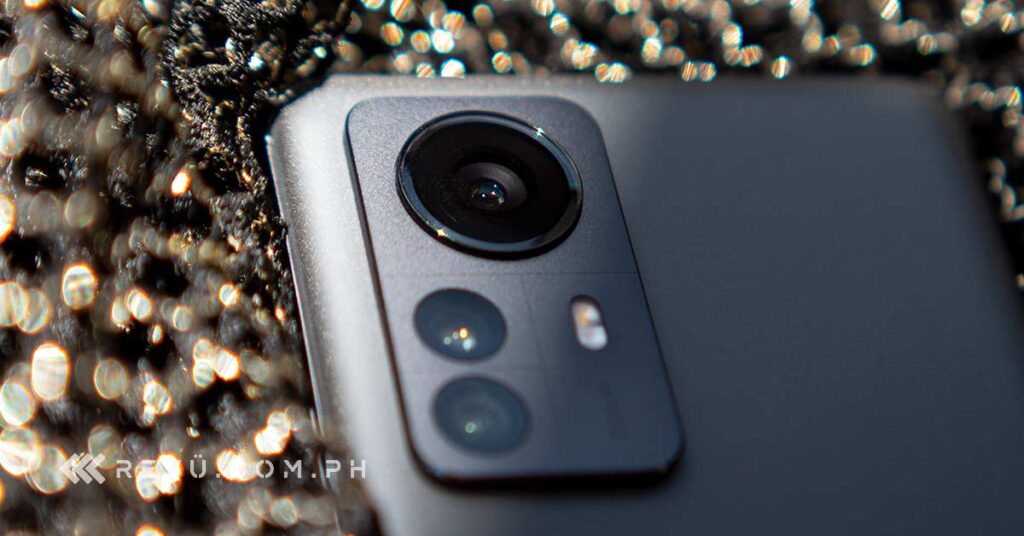
We appreciate Xiaomi providing a camera for each focal length — no unnecessary depth or macro sensors here
The phone’s camera app is straightforward. Photo mode supplies HDR, AI-powered tweaks, and the entire zoom range from 0.6x to 20x; Portrait automatically uses the telephoto lens and adds natural-looking background blur; and Pro mode allows you to use the full 50 megapixels and adjust settings such as white balance and light sensitivity. Lastly, video recording can go up to 8K resolution at 24fps, although we prefer 4K or 1080p at 60fps, which is easier for editing in post production.
Image quality produced by these cameras varies. When the lighting conditions align, the photos are fantastic on the main camera. Colors are usually spot on without oversaturation, and sharpness is consistent. The selfie camera is more worrisome. Even when we try to find the best-possible lighting, the sensor would either overexpose the image or soften our face. Surprisingly, selfies look better at night when there’s less light to work with.
Some sample shots. Click on a thumbnail to launch the gallery
The dedicated ultrawide and telephoto cameras are a joy to use. Their image quality is more or less at the level of the main shooter. As long as you stick to a maximum of 2x optical zoom, you’ll attain crisp results. It’s possible to go up to 20x digital zoom, but we recommend a maximum of 5x digital zoom. Anything beyond that creates lots of noise and potential motion blur.
In spite of its naming, the Xiaomi 12 Pro’s MIUI 13 custom ROM is actually based on Android 12. There’s nothing wrong with this, however. The latest MIUI has gorgeous visuals and smooth transitions. Unlike other Android skins, MIUI 13 doesn’t come with as much bloatware, and you’re allowed to either hide or completely uninstall unwanted apps. This leads to a clean home screen and app drawer, just the way we like it.
Justifying the high asking price
The Xiaomi 12 Pro throws everything at the wall and hopes all features stick. It’s as complete as an Android smartphone gets, from the lustrous AMOLED display and high-end chipset, to the versatile cameras and lightning-fast charging. The flaws of this smartphone occur purely out of excess. Being so fast causes overheating and long-term battery degradation.
Another matter is price. At P48,999 ($940), it faces stiff competition from other premium brands. Samsung’s Galaxy S22 series is the first to come to mind. The base Galaxy S22 hovers around this price range and offers similar features under Samsung’s own custom ROM. Next up is the iPhone 13. Again, the base model is close in price to the Xiaomi 12 Pro’s, while offering a faster processor and better software support.
‘Xiaomi’s best smartphone to date is filled to the brim with features an Android enthusiast would thoroughly enjoy’
If you’re lucky enough to score freebies through promotions or pre-ordering, the Xiaomi 12 Pro is a fantastic deal. Xiaomi’s best smartphone to date is filled to the brim with features an Android enthusiast would thoroughly enjoy.
You can buy the Xiaomi 12 Pro from Lazada or Shopee.
Xiaomi 12 Pro specs
- 6.73-inch 1440p AMOLED display, 120Hz refresh rate, 480Hz touch sampling rate
- Qualcomm Snapdragon 8 Gen 1 processor with 5G
- 12GB RAM
- 256GB storage
- 50-megapixel main, 50-megapixel ultrawide, and 50-megapixel telephoto cameras
- 32-megapixel front camera
- Under-display fingerprint reader
- Quad speakers tuned by Harman Kardon
- 4,600mAh battery
- 120-watt wired charging
- 50-watt wireless charging, 10-watt reverse wireless charging
- MIUI 13, based on Android 12
- Gray, purple, and blue color options
Share this Post


